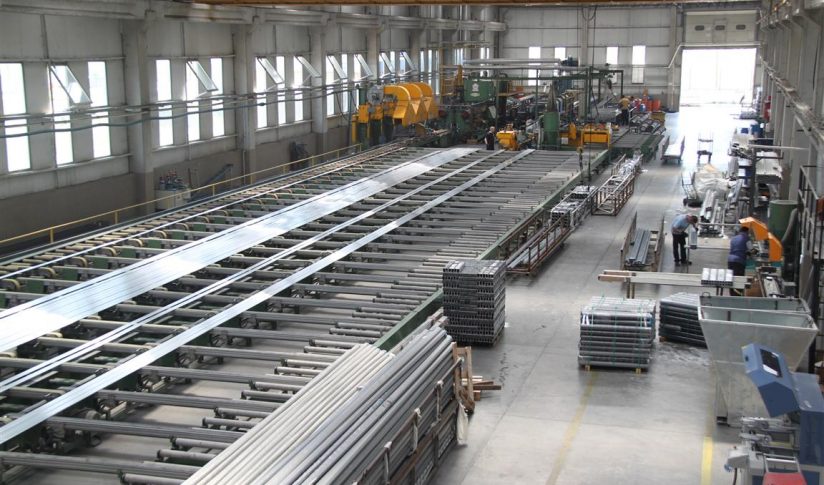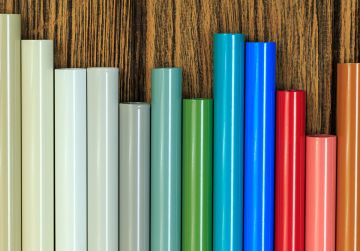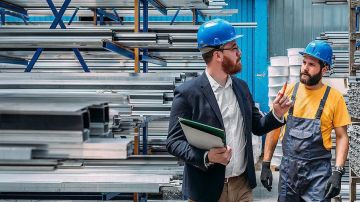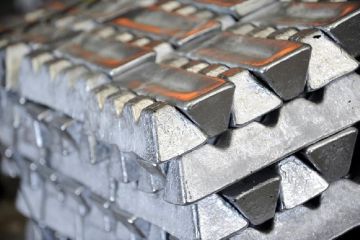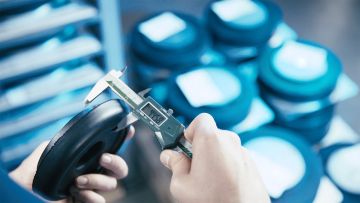Aluminum extrusion is a highly versatile and cost-effective manufacturing process used to create complex cross-sectional profiles with a constant cross-section. The process involves pushing heated aluminum billets or logs through a shaped opening in a die, resulting in the desired shape of the extruded profile. Here's a step-by-step overview of the aluminum extrusion production process:
- Billet Preparation: The process starts with the preparation of aluminum billets. These billets are cylindrical logs or ingots made from high-quality aluminum alloys. The choice of alloy depends on the specific properties required for the final extruded product.
- Heating: The billets are heated in a furnace to a temperature that makes the aluminum more malleable and suitable for extrusion. The exact temperature will depend on the alloy being used.
- Extrusion Press: The heated billet is then placed in the container of an extrusion press, also known as an extrusion machine. The press consists of a hydraulic ram or screw mechanism that exerts tremendous pressure on the billet to push it through the die.
- Die Design and Selection: The die is a critical component in the extrusion process as it determines the shape of the final product. Dies are typically made from tool steel and are designed to withstand the high pressures and temperatures involved in the extrusion process.
- Extrusion: The heated billet is pushed through the die opening by the pressure applied by the hydraulic ram or screw. As the aluminum passes through the die, it takes on the shape of the profile designed by the die's opening.
- Cooling: Once the aluminum profile has been extruded, it is rapidly cooled using air or water cooling. Cooling is necessary to retain the shape imparted by the die and to achieve the desired mechanical properties.
- Stretching and Cutting: Some profiles may undergo a stretching process, which aligns the aluminum's grain structure to improve its strength. After stretching (if required), the extruded profiles are cut to the desired length using saws or other cutting equipment.
- Aging (Optional): For certain aluminum alloys, a process called "aging" may be used to further enhance the material's mechanical properties. Aging involves heating the profiles to a specific temperature and holding them at that temperature for a set period before cooling.
- Surface Treatment (Optional): Depending on the application, the extruded profiles may undergo various surface treatments, such as anodizing, painting, or powder coating, to enhance corrosion resistance or improve aesthetics.
- Quality Control and Inspection: Throughout the production process, quality control measures are implemented to ensure the extruded profiles meet the required specifications and tolerances. This may include dimensional checks, visual inspections, and mechanical testing.
Aluminum extrusion is a highly efficient and sustainable manufacturing process, as it generates minimal waste and can create intricate shapes with consistent cross-sections. It is widely used to produce a wide range of products, including window frames, door frames, automotive components, heat sinks, structural components, and more.
 EN
EN
 NL
NL DE
DE
